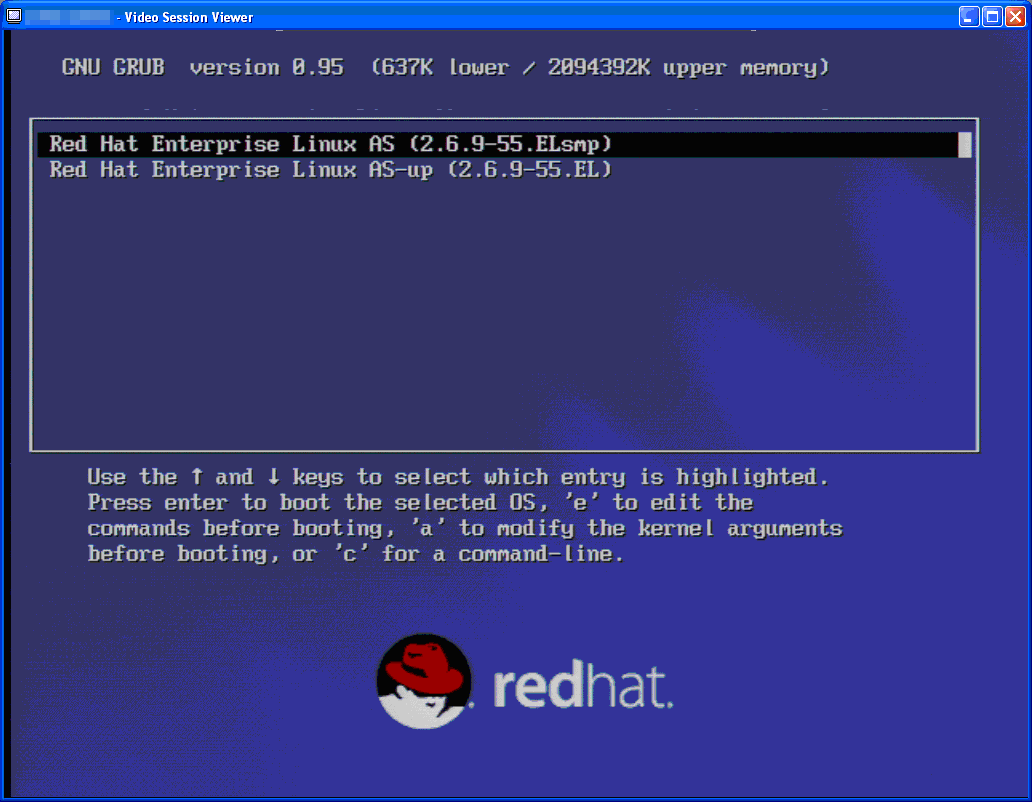One of the legacy systems I inherited at my job was a standalone Red Hat Enterprise Linux 4.0 server with no documented credentials or purpose… at least, none that I could find, or that anyone in the business could recall. It’s difficult to decide if a server is still necessary when there’s no information! L33T hacking skills to the rescue!
- Reboot the server. We need to edit the startup configuration in order to reset the ROOT password.
- As the server begins to boot again, the GRUB screen will appear for a few seconds. Press a key in order to interrupt the boot sequence.

- If you interrupted the boot in time, you’ll be presented with a menu. Use the arrow keys to select the top option and press E.

- Use the arrow keys to highlight the line starting with kernel and press E.

- Add the word single to the end of the line you’re editing, and press ENTER to save the change. This instructs the boot process to load in single user mode:
kernel /vmlinuz-2.6.9-55.ELsmp ro root=LABEL=/1 nousb single - Press
bto continue the boot process. - Once the boot process is finished, you’ll be left at the prompt. Use the
passwdcommand to reset the password for the current user (Root). - Issue the
rebootcommand to restart the computer. It should boot normally, at which point you can use the new Root password to log in.
I logged in and found that this server seemed to only run a very old copy of sendmail (which no longer had a valid configuration), so I took the server offline for a scream test. In a few days, I’ll formally decommission it!